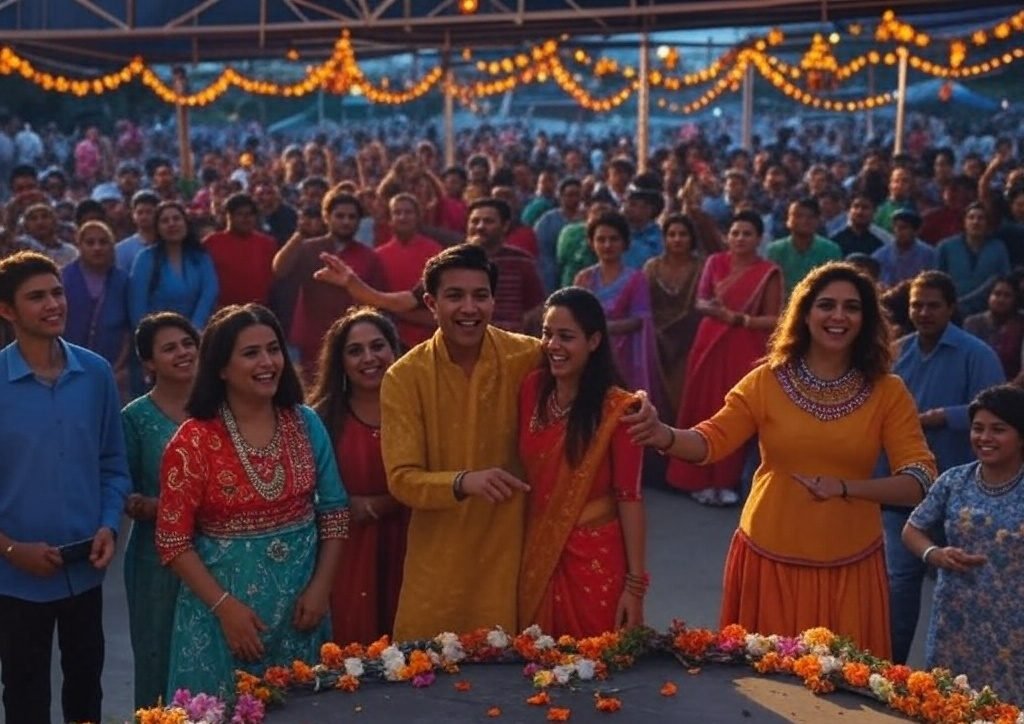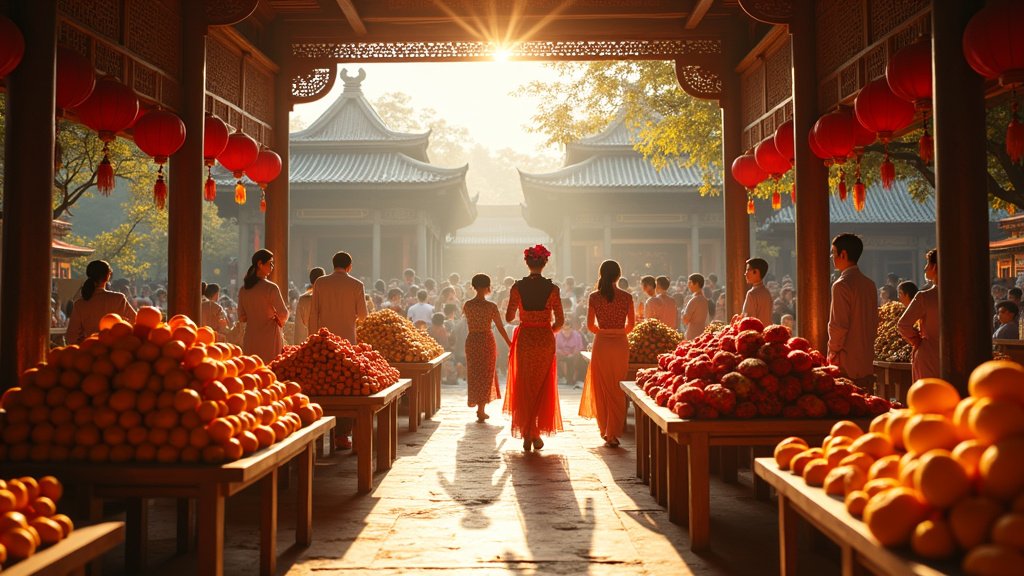Pongal: A Celebration of Agriculture, Community, and Tradition in Malaysia
The Pongal harvest festival holds a special place in the hearts of the Tamil Hindu community, particularly in Malaysia, where the event is celebrated with fervor and enthusiasm. This vibrant festival signifies more than just a religious observance; it represents a deep appreciation for agriculture, the hard work of farmers, and the abundance of nature. In this article, we will delve into the rich cultural significance of Pongal, the various ways it is celebrated across Malaysia, and the efforts to preserve its traditions while embracing modernity.
Understanding Pongal: A Cultural and Spiritual Significance
Pongal is celebrated annually, typically in January, and marks the end of the harvest season. The festival is named after the sweet rice dish “pongal,” which is prepared in traditional clay pots and offered to the Sun God, Surya Bhagavan, as a gesture of gratitude for a bountiful harvest. The festival also coincides with the Tamil New Year and signifies the beginning of the new harvest cycle.
T. Ganesan, president of Malaysia Hindu Sangam, eloquently encapsulates the essence of Pongal: “It is a celebration of life, community, and tradition that brings people together to appreciate the value of hard work and nature’s abundance.” His words highlight the festival’s role in fostering community bonds and celebrating the fruits of labor.
Celebrations: Rural vs. Urban
Pongal celebrations vary significantly between rural and urban areas in Malaysia. In rural communities, the festival is often more community-centric, featuring elaborate rituals that include cattle worship, traditional games, and communal feasting. Cattle play a vital role in agricultural practices, and honoring them during Pongal emphasizes the connection between animals and farming.
Conversely, urban celebrations tend to focus on temple events and cultural performances due to space and time constraints. Ganesan notes, “These urban celebrations aim to bridge the gap between tradition and modernity.” This adaptation allows urban residents to engage with their cultural heritage, even in a bustling city environment.
Supporting Local Farmers and Artisans
One of the commendable aspects of the Pongal festival is the emphasis on supporting local farmers and artisans. Ganesan emphasizes the importance of sourcing festival items such as sugarcane, turmeric, and rice directly from farmers. This practice not only supports local agriculture but also promotes the art of traditional clay pot making and kolam powder artistry, which are integral to the celebrations.
Public campaigns encourage communities to buy from local producers, ensuring their livelihood while preserving age-old customs. Such initiatives not only uplift local economies but also instill a sense of pride and ownership within the community.
Engaging the Younger Generation
As with many cultural practices, the challenge of passing down traditions to younger generations is significant. Malaysia Hindu Sangam actively addresses this issue by organizing cultural workshops and competitions at Tamil schools and universities. Activities such as pongal kolam design contests, traditional cooking competitions, and storytelling sessions about the festival’s origins play a pivotal role in keeping the traditions alive.
Ganesan mentions the collaboration with Tamil language teachers to integrate lessons about Pongal into school curricula. This educational approach ensures that children not only learn about their heritage but also develop a sense of identity and belonging.
Embracing Digital Platforms
In the digital age, adapting cultural traditions to modern platforms has become essential for relevance. Malaysia Hindu Sangam has taken significant steps to engage younger audiences through digital means. Ganesan states, “We share educational videos, host virtual cooking classes, and run hashtag campaigns to keep the festival relevant in the digital age.” These initiatives bridge the generational gap, making it easier for youth to participate and learn about Pongal.
Collaborations with cultural and religious organizations, such as Persatuan Kebudayaan Tamil, serve to promote the significance of Pongal on a broader scale. By hosting large-scale festivals and events, these collaborations foster unity and highlight the agricultural and cultural heritage inherent in the festival.
Addressing the Challenges of Urbanization
Urbanization poses unique challenges to maintaining traditional Pongal celebrations. However, Malaysia Hindu Sangam has implemented effective strategies to ensure that urban communities can still connect with their cultural roots. Organizing temple events, distributing free Pongal kits, and creating public awareness campaigns are just a few ways the organization facilitates traditional celebrations in urban settings.
Moreover, partnerships with local councils have proven beneficial in providing open spaces for traditional ceremonies. This collaboration ensures that even in urban landscapes, the essence of Pongal can be celebrated with authenticity and reverence.
The Role of Traditional Clay Pots
An essential element of the Pongal festival is the traditional clay pot, used to cook the pongal dish. As the demand for eco-friendly and chemical-free products grows, so does the interest in these clay pots. Ananth Arumugam, managing director of KS Pottery, remarks that “the demand for clay pots is increasing every year due to their health benefits and good quality.” This growing trend not only preserves an important aspect of Pongal but also supports local artisans who create these pots.
Despite the increasing demand, challenges arise during the festival season. Ananth explains that the process of obtaining clay becomes more difficult due to heightened demand. Furthermore, preparing clay pots is labor-intensive and time-sensitive, with production rates varying depending on the item. For instance, while up to 500 Pongal pots can be produced daily, smaller items like clay lamps can reach up to 4,000 pieces in the same timeframe.
Nevertheless, rising raw material costs—including clay, sand, minerals, and paints—pose ongoing challenges for artisans, necessitating annual price adjustments. This economic aspect underscores the importance of community support for local artisans during the festival.
Conclusion
Pongal is much more than a harvest festival; it is a vibrant celebration of community, tradition, and the indispensable role of agriculture in our lives. Through its various forms of celebration, from rural communal feasts to urban temple events, Pongal remains a testament to the resilience of cultural heritage in the face of modern challenges.
As Malaysia Hindu Sangam and local communities work tirelessly to support farmers, engage youth, and adapt traditions for the digital age, the festival’s legacy continues to thrive. By emphasizing the value of hard work, nature’s abundance, and community bonds, Pongal serves as a reminder of the essential connections we share with each other and the world around us. In celebrating Pongal, we not only honor our past but also pave the way for future generations to appreciate and cherish the richness of their cultural heritage.





